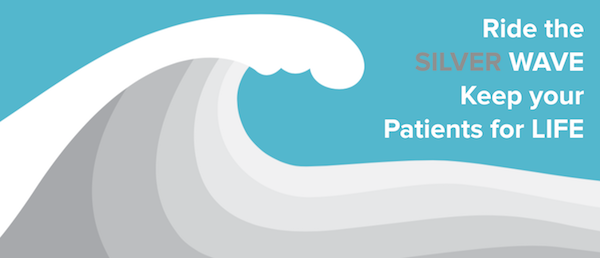Daniel Midson-Short, May 2018 - Each generation has one thing in common - we all live through periods of change. We see new trends emerge all the time. Some of them affect us more than others.
Today, one of the main concerns globally is the trend of the ever-increasing ageing population. Demographic researchers have explained this phenomenon as a demographic transition: “a transition from relatively high mortality and high fertility rates to relatively low mortality and low fertility rates”.
GC refers to this phenomenon as the Silver Wave and has shared that by 2028, for the first time in Australia’s history, there will be more people aged over 60 than aged under 20.

What does this mean for us as a nation?
- Increased need for healthcare
- Less employed individuals earning income
- A higher strain on families to support ageing parents and relatives
This demographic shift will have a huge impact on dental practices.
For dentists and hygienists, they will need to consider…
- Greater need for hygiene treatment to maintain oral health
- Higher demand for restorative and cosmetic work for ageing patients
- Specialised and customised post-treatment care
There are also the non-clinical needs that your support team has to be ready for:
- Becoming an elderly-friendly practice – accessibility, peaceful waiting areas, etc.
- Effective communication skills with ageing patients who might be hearing impaired
- Speaking slowly over the phone – in a respectful, courteous way
- Using digitised touch points with the patient, and up-to-date website that can help patients with the information they need
- Assisting elderly patients with physical limitations getting in to the practice and into the dental chair
- First aid training for emergency scenarios
- Communication skills such as being patient and empathetic
If you are going to be more patient-centric, how are you going to do this with this new factor?

